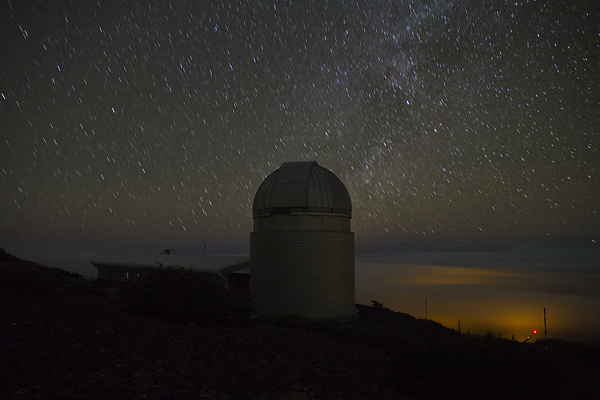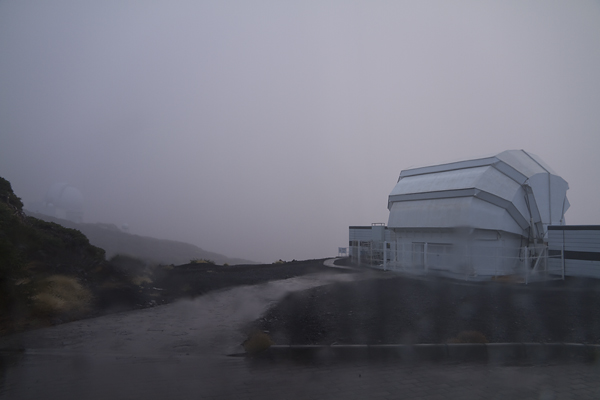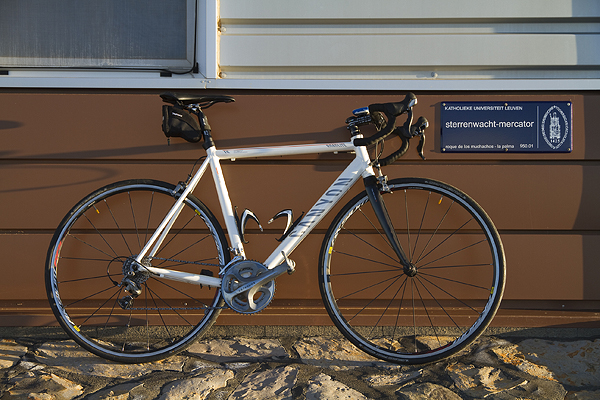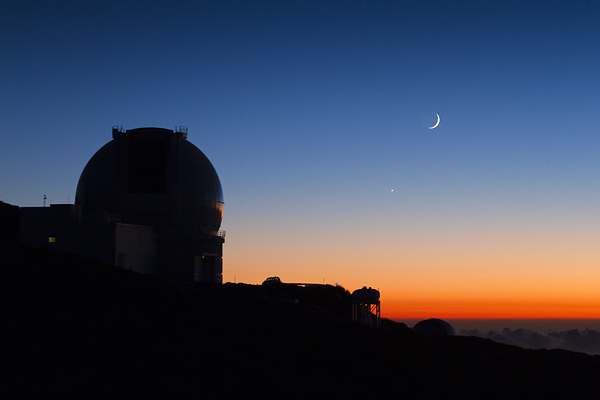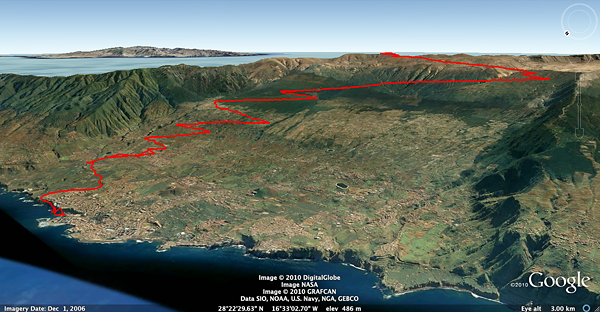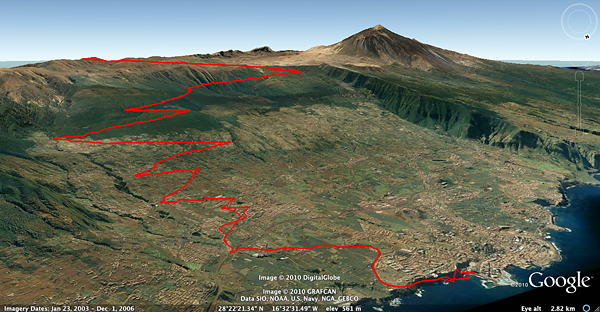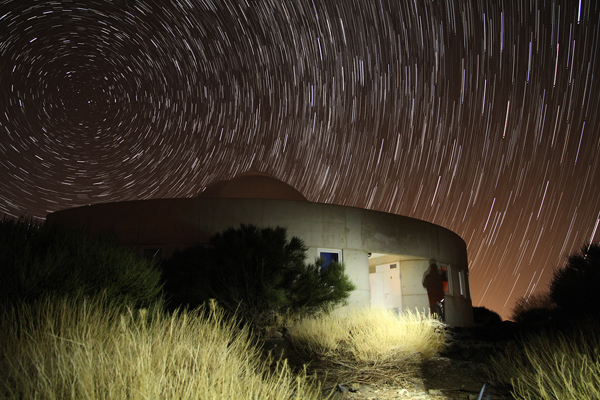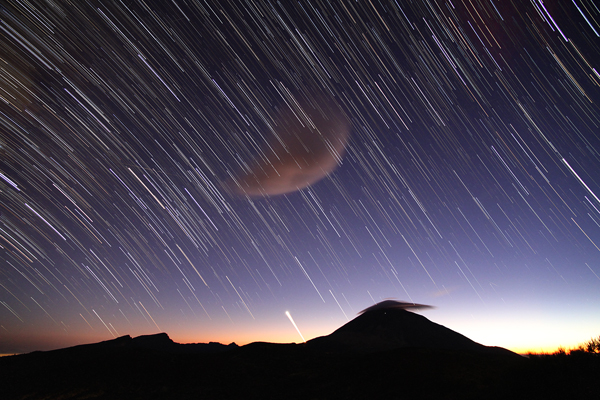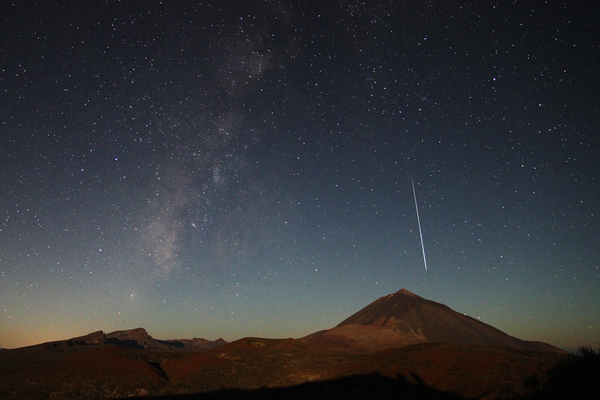I finished 10 minutes before the start of the twilight on night 3, so as I had no targets which could have been observed in such a short time, I decided to turn the telescope towards something visually stunning to create a proper outreach (PR) picture for our Institute, and the Mercator Telescope. The result is shown below :) The idea that we should release something like this once every month is supported by the staff at the telescope too, so that’s the reason why I made such a labelled version.
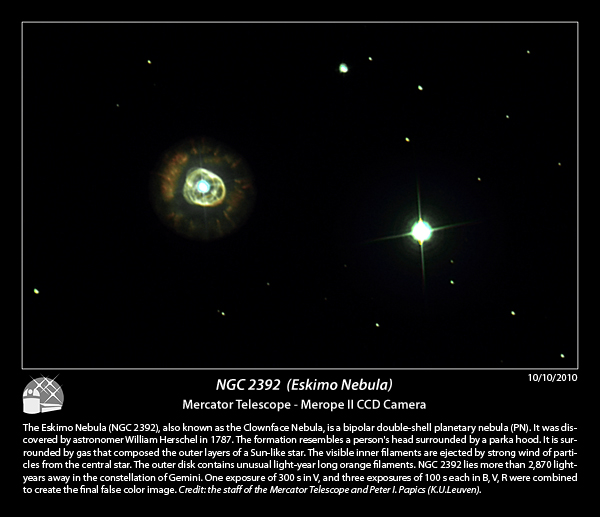
My last lonely night turned out to be much more busy than planned, as the students from Leuven and Amsterdam were already at the observatory that evening. So while I was observing, they had their project presentations in the control room, which in one hand was quite interesting, but on the other hand, I could not work on my article… (I have to admit I have serious problems concentrating on it here.) The night itself was not the best, we had a lot of cirrus clouds (creating an amazing sunset – see below), and the seeing was also not that good. Then I had to close the dome for the last hours, because the clouds came up again… Even with far from optimal conditions, I managed to observe almost all the targets of the program, so it is OK.
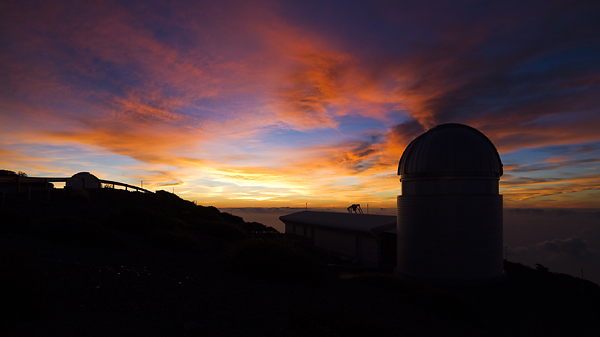
The first night of the students brought the worst weather I have ever seen until now on La Palma, as it was raining all night long. Luckily we got an invitation to visit the William Herschel Telescope, so after they got an introduction into image processing with IRAF, we left Mercator, and walked to the nearby WHT. Yeah, walking was my idea, as it was not raining at all, and the distance is only 400 meter. (Of course, on the way back it was raining, so we got completely soaked, but it was “fun”…)

The WHT is really huge (for scale, look at the monitor in the bottom right corner), it has a mirror diameter of 4.2 meters. Mercator feels a bit smaller since we saw this :S We got a short introduction to the research done with the WHT, and a tour around the telescope itself. We even got a chance to take pictures of ourselves in the main mirror :) It was really impressive. The clouds and I stayed until sunrise (the students went down to sleep at around 3 AM), too bad that I am only productive in the last hour of the night. I guess this messed up day/night rhythm is not really good on a long term… Anyway, I still love observing.
Tonight we have good weather, so the students can finally work according to their projects, but I need to help them with the system and to give advice about exposure times, etc. It is almost continuous supervising. So the progress of my work will not be fast… But at least no one can say now that I am not taking my part from the teaching duties. Honestly, I like the role of the support astronomer very much :)
